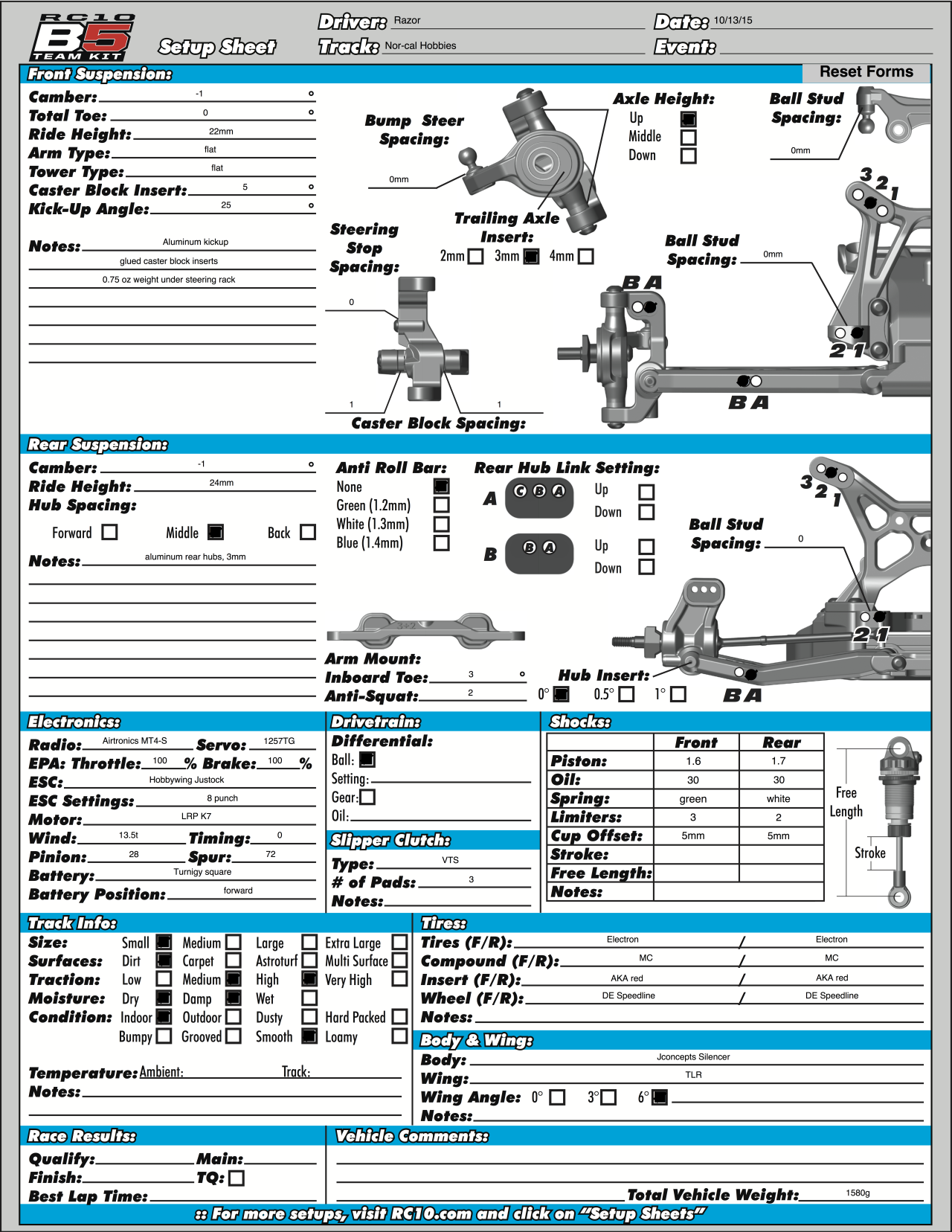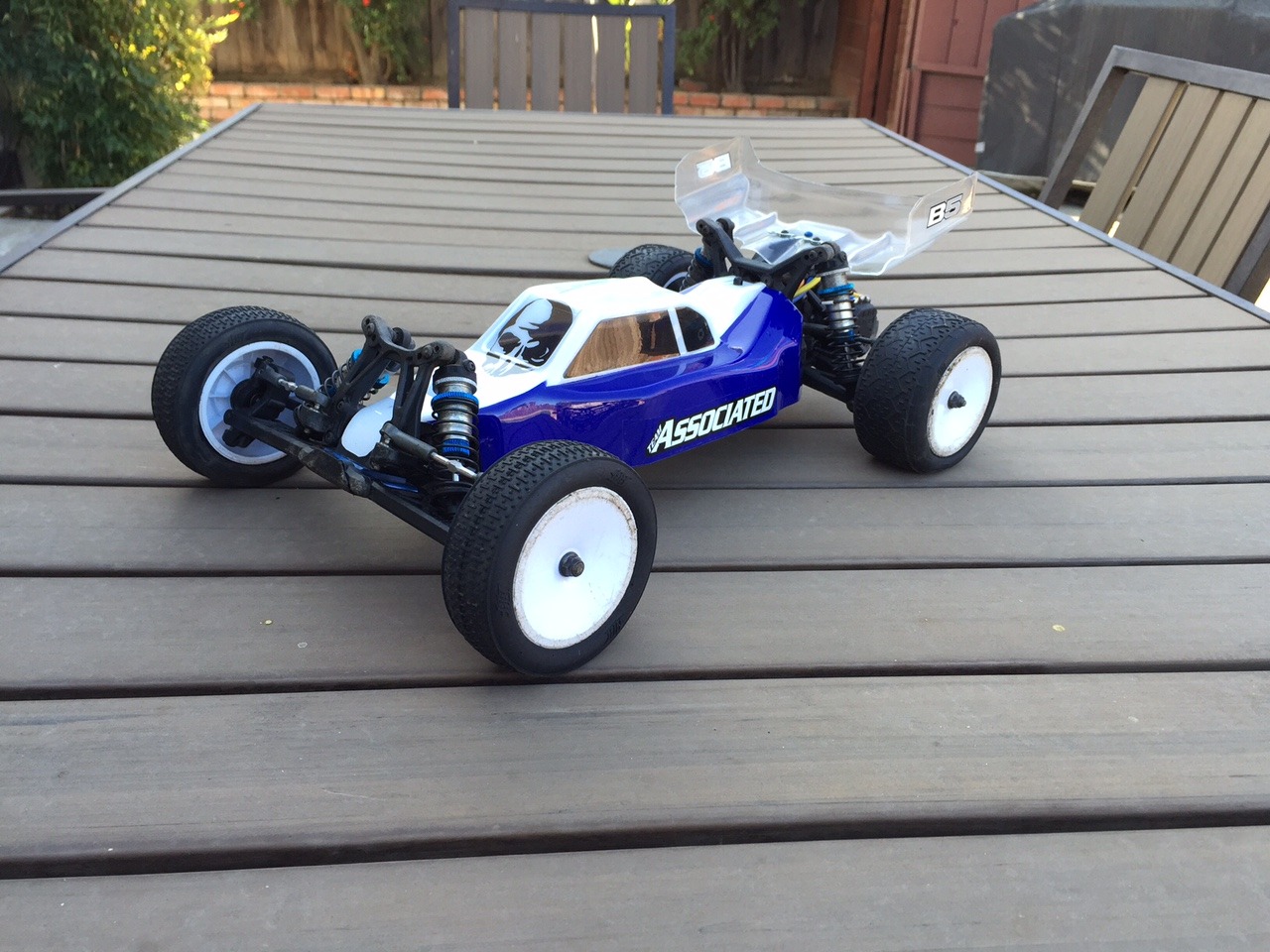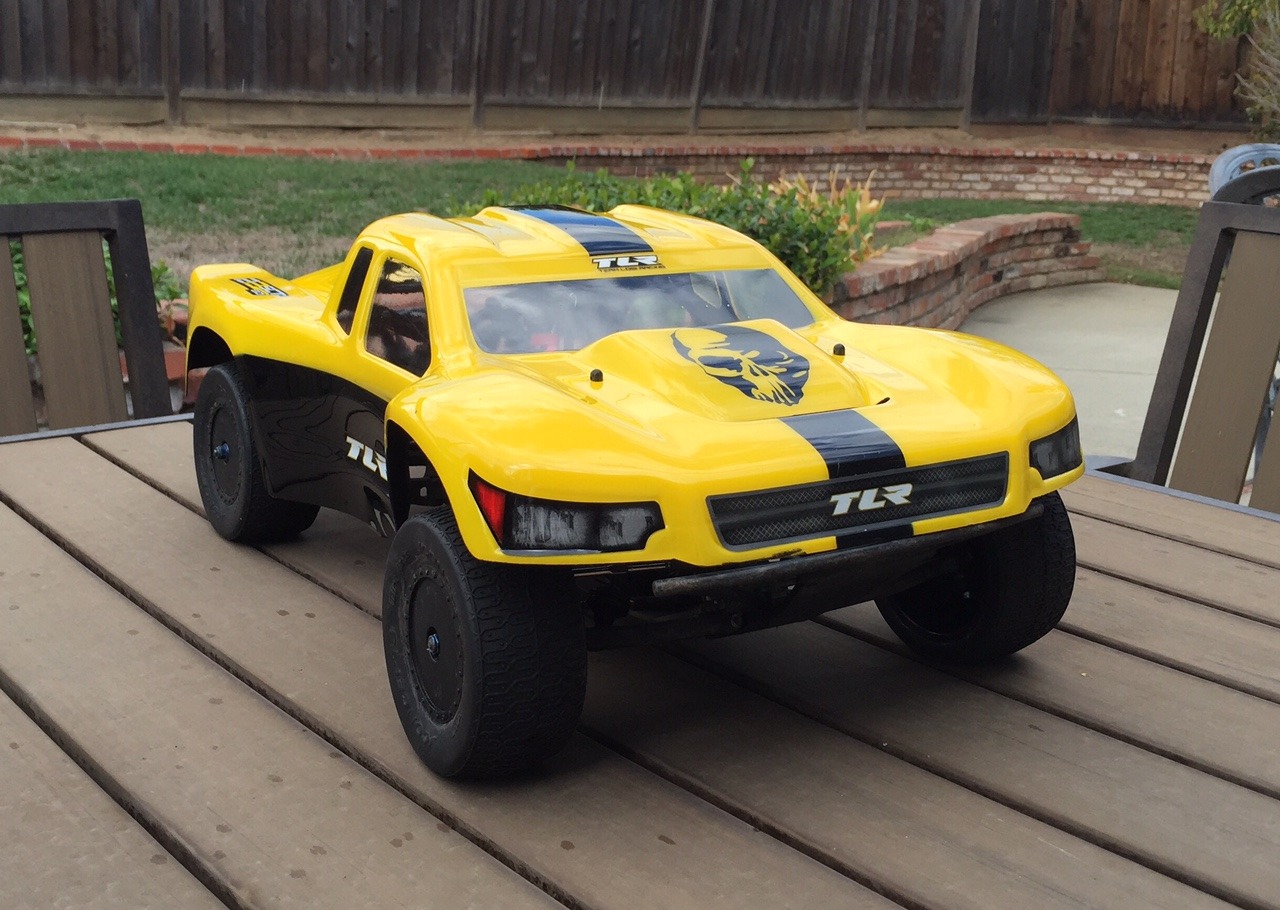Those who have been into RC cars for a while will know by now there are two types of shocks: emulsion and bladder.
What this refers to is the mechanism by which the shocks use air to compensate for shock shaft space. When you take a shock and move the piston up and down, you’ll notice the shaft goes into and out of the shock body (duh…).
What’s happening though is that the piston shaft takes up additional space inside the shock body, and so somehow that needs to be accounted for.
Shock fluid doesn’t compress. So, when the piston goes into the shock body, how does that work? Well if you’ve ever built a shock and completely got rid of all of the air inside of it, you’ll experience hydro-lock, which is basically where the shock piston won’t move at all. It just will not compress unless you use a ridiculous amount of force. This is bad, because obviously you want your shock to work and actually compress and rebound as it absorbs bumps.
It’s clear the air performs some function then, and what is actually happening is that when the piston moves into the body, the air inside the body compresses, and then when it extends, the air decompresses back to its normal size/volume. So the air acts as a bit of a spring effect to allow the piston to move in and out.
There are two main designs to handle the air: bladder and emulsion. Let’s look at them more in detail.
Bladder
These types of shocks are named after the little rubber bladder/diaphragm inside of the shock at the top inside the shock cap. Traxxas shocks use these, as well as some older Losi shocks. What the bladder does is separate a little pocket of air inside of the cap from the shock oil in the rest of the body. They’re designed to compress (compressing the air above the bladder) as the piston moves in, and expand again as the piston extends.
The nice thing about this design is that it’s a little more straightforward to build the shocks. Here’s a quick list of instructions:
- pull the piston out all the way
- fill the shock to the top with oil
- put the bladder into the cap
- screw the cap almost all of the way on, until it is almost sealed
- push the piston in about halfway, fluid will bleed out
- screw the rest of the cap on
If you keep the shock level, and slowly screw on the cap until it’s almost sealed, all the air should escape out when you push the piston in halfway, and then you should have a (mostly) perfectly built shock. It’s not super-precise, but you should be able to get it relatively close. Make sure the bladder is fully seated in the cap and is not deformed/pinched.
The bladder also act as an airtight seal for the shock cap.
Emulsion
Emulsion shocks work a bit differently. Most high end RC race cars use emulsion style shocks. Instead of a bladder to separate the air from the oil, they’re designed to have air mixed (or emulsified) with the oil. Thus the name emulsion.
The good thing about emulsion shocks is that they’re a simpler design than a bladder, and you can tune the amount of air vs. oil in the shock. With a properly built shock, there will be some rebound and suction when the piston is fully compressed/extended. This is normal, and the amount of rebound/suction will depend on lots of things (piston drag, O-ring/X-rings, shaft material/smoothness, etc.) in addition to the ratio of air and oil.
With emulsion shocks, when you build them, you will have to decide how much air you want in the shock. In a fully working emulsion shock, the air has already lathered with the oil and distributed itself throughout the body into tiny little bubbles. As the shock compresses, the tiny air bubbles compress. As it extends, the tiny bubbles expand. The more air in the shock, the more easily the shock compresses. When you build the shock, all the air is at the top, but when it’s working, the air gets spread out throughout the body.
The best way to build an emulsion shock (IMO):
- pull the piston all the way out
- fill the shock to the top with oil
- remove the bleeder screw from the cap
- screw the cap on
- push the piston in slowly all the way to the top, making sure oil comes out the bleed hole
- retract the piston about 10mm
- put the bleeder screw in
You will want to make sure both shocks (left and right) are retracted exactly the same amount in step 6. The more you retract it, the more air you will be reintroducing into the shock.
It’s important that both shocks have exactly the same amount of air. You should NEVER pump the shock after you’ve reintroduced air in step 6, because it will start mixing with the oil and it will be impossible to get the same amount in both shocks once they have mixed. If you do pump the shock and mix the air and oil, you will have to start the whole process over again.
When you’re done with step 7 and closed off the whole shock, then you can pump the shock and get the oil and air fully mixed/emulsified. If you’ve done it right, your shocks should compress and retract the same and work identically.
Final thoughts
I hope this post helped you understand the two types of shocks and how to build them. Emulsion shocks, in particular, are hard to find information on, so hopefully this helped you better understand the mechanics of how they work and why they work. Remember: air is OK to have in the shock. In fact, you have to have air in your shocks, else they will not work. Just make sure your left and right shocks have the same amount.




